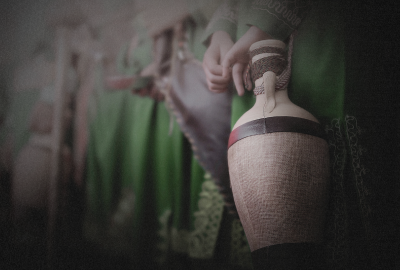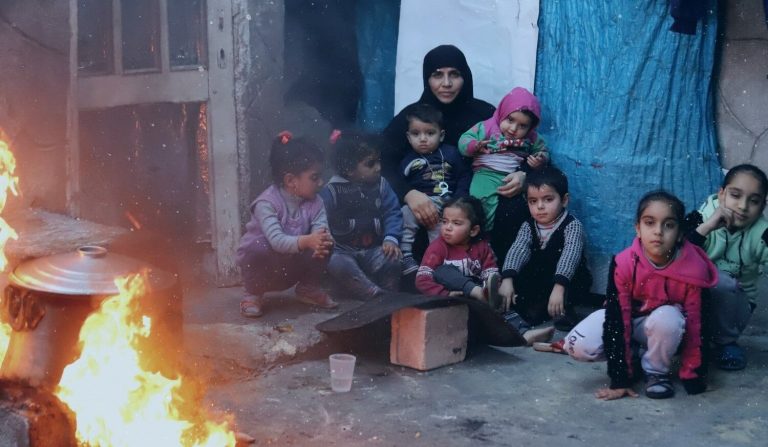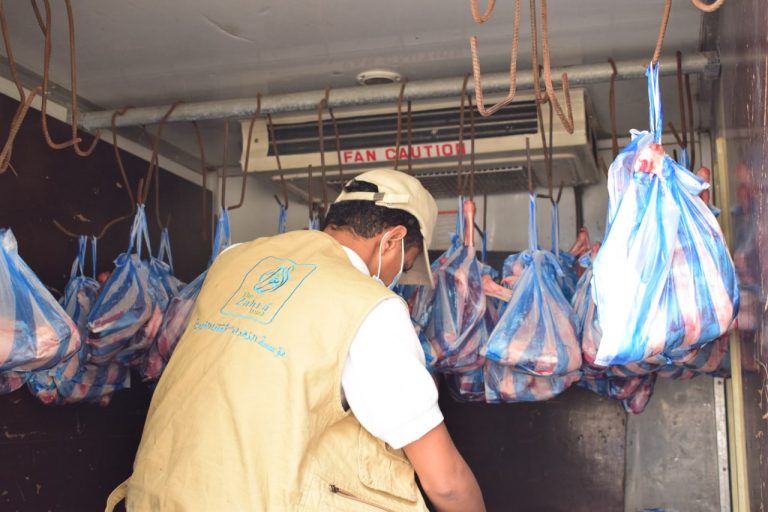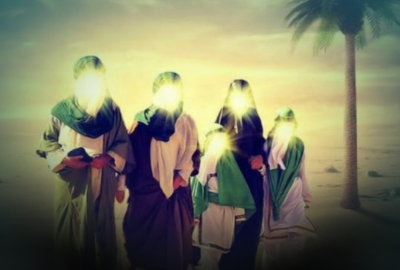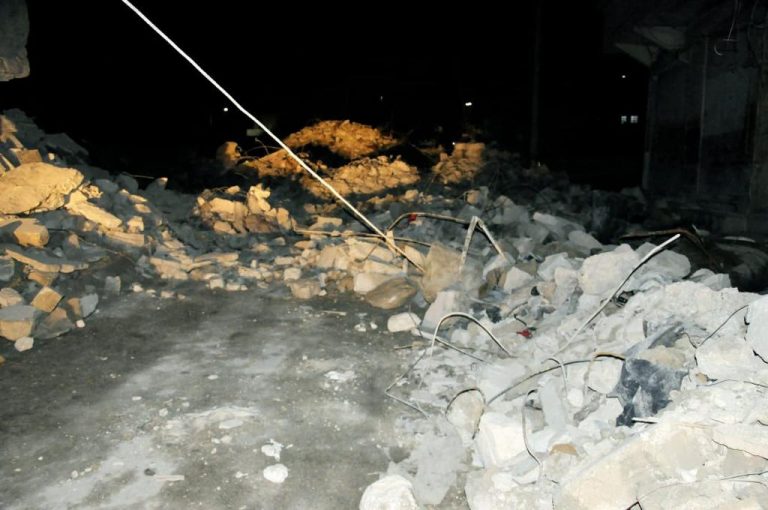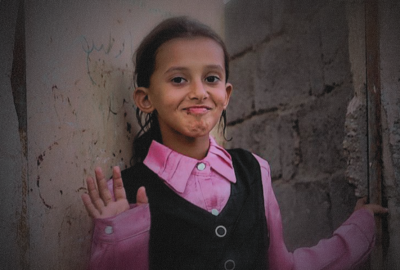The Heart of Karbala: The Story of Sayyida Ruqayya (sa)
Among the many heartbreaking events surrounding the tragedy of Karbala, one story pierces the heart unlike any other – the story of Sayyida Ruqayya (sa).
Referred to as Sayyida Sakina (sa) in some cultures, she is remembered in Shia tradition as the young daughter of Imam Hussain (as), whose tender age did not spare her from immense grief and suffering.
From the burning tents of Karbala to the cold, dark prison of Shaam, her short life was marked by pain, loss, and unwavering love for her family.
Her story is not just a historical account; it is a living memory, carried in the hearts of mourners across generations.
Her Early Life
Sayyida Ruqayya (sa) is believed to have been a young daughter of Imam Hussain (as), known for her innocence, purity, and deep attachment to her family.
Reports mention she was born on the 20th of Rajab, 56 AH or 57 AH.
Most accounts mention that her mother was Lady Rabab (sa), while some reports mention other names.
While sources differ, what remains undisputed is the deep love and care she received within the blessed household of the Ahlulbayt (as).
From Medina to Karbala
Imam Hussain (as) left Medina on the 28th of Rajab, 60 AH, with a caravan of his family members and companions. Among them was his young daughter, Sayyida Ruqayya (sa).
Though still a child, she became part of a journey that would shape the course of Islamic history.
From Medina to Mecca, and then to the plains of Karbala, the caravan moved with resolve and faith.
Along the way, Ruqayya (sa) would have witnessed the love, strength, and unwavering commitment of her father and the Ahlulbayt (as) to uphold truth in the face of tyranny.
Her presence in this journey reminds us that the tragedy of Karbala was not only a battlefield. It was a deeply human experience endured by men, women, and even young children.
Learn more about the Battle of Karbala here.
A Special Bond with Her Uncle
Sayyida Ruqayya (sa) shared a deeply affectionate bond with her uncle, Hazrat Abbas (as). On the journey from Medina to Karbala, he cared for her with unmatched devotion, ensuring her comfort, fulfilling her needs, and riding close to her howdah to reassure her.
When the camp was denied water from the 7th of Muharram, it was Ruqayya (sa) who gave her water-bag to Abbas (as), asking him to help the thirsty children. Her pure-hearted concern and trust in her uncle moved the hearts of all around her.
When Hazrat Abbas (as) fell on the battlefield, traditions say Ruqayya (sa) sensed his martyrdom.
From that moment, she never again asked for water, choosing instead to console others, even in her own suffering.
Read more about the ultimate sacrifice of our beloved Hazrat Abbas (as) here.
A Beautiful Father-Daughter Relationship
Sayyida Ruqayya (sa) is remembered for the profound love she had for her father, Imam Hussain (as). From a young age, she displayed a deep emotional attachment to him.
Historical accounts describe how she would constantly seek his presence and be comforted by his words. In the difficult days of the journey from Medina to Karbala, she remained close to him, sensing the growing tension and grief.
On the day of Ashura, this bond became even more evident. As Imam Hussain (as) bid farewell to the women and children, it is said that Ruqayya (sa) clung to him, weeping and pleading for him to stay.
In his final moments, he embraced her tenderly, offering words of comfort that would remain etched in her heart.
This love and longing for her father did not end at Karbala. It continued during the captivity that followed, and ultimately shaped her final moments.
The Tragedies in Karbala
On the Day of Ashura, Ruqayya (sa) would see the many tragedies that befell the Ahlulbayt (as), such as the martyrdom of her brothers Ali Al-Akbar (as), Ali Al-Asghar (as), and her uncle Hazrat Abbas (as).
Eventually, it would come time for her separation from Imam Hussain (as).
As he bid farewell to the women of his family, he said, “O’ my sisters Umm Kulthum (sa) and Zainab (sa); and you Ruqayya (sa), Fatima (sa); and you Rabab (sa)! Do not rend your collar; do not scratch your face, and do not utter unjust words after my martyrdom.” (Lohoof)
These words were meant to prepare them for the immense trials ahead – trials they would endure with courage and faith.
After the Battle of Karbala ended and Imam Hussain (as) was martyred, Ruqayya (sa) would also witness Sham-e-Ghariban, where the tents of the women were burned and their belongings looted.
Reports mention that a man wanted Ruqayya’s (sa) earrings. As she went to take them off, he grew impatient and pulled them off her ears, splitting her ear lobes and causing them to bleed.
Some reports also mention that a man named Humayd ibn Muslim (a narrator of the eevnts that took place) helped her put the fire on her dress. She asked the man which direction Najaf was in because she wanted to complain to her grandfather, Imam Ali (as), about how Imam Hussain (as) was killed.
Journey of the Captives
On the 11th of Muharram, the women and children from Imam Hussain’s (as) caravan were taken as captives by Umar ibn Saad (la) and his men.
The caravan went from Karbala to Kufa. After a few days in Kufa, they would go to Shaam.
Read more about the journey of the captives here.
Her Final Days in Shaam
Her cry stirred the sorrow of the entire group and even reached Yazid (la). In response, the grievous order was given; Imam Hussain’s (as) head was brought and placed before her.
The sight overwhelmed her young heart. She wept, asking, “What is this?” and the guards replied, “It is the head of your father.”
Ruqayya (sa) then fell ill and passed away.
Another report mentions that Imam Hussain’s (as) head was brought on a tray with a handkerchief covering it and placed in front of Ruqayya (sa).
When she removed it and saw the head, she asked, “Whose head is this?” and the guards replied, “Your father’s head”.
Ruqayya (sa) grabbed the head and held it close to her, saying, “O dear father! Who had dyed you with your blood? Who has severed the vein of your neck? Who has orphaned me in this infancy? O dear father! Whom should I rely upon after your death? O dear father! Who shall take care of the orphan until she grows up?”
She wept and fell unconscious. Soon after, the family of the Prophet (saww) realized she had passed away, and they began to weep.
Sayyida Ruqayya (sa) would then be buried in Shaam. While the Caravan of Honour (as) would eventually go back to Medina, Ruqayya (sa) would remain behind.
Conclusion
Sayyida Ruqayya (sa) was buried near the very prison where her cries once echoed, where a child’s heart broke in longing for her father.
Though some historical accounts differ, Shia tradition holds this place in Damascus as the resting place of Sayyida Ruqayya (sa).
Today, her shrine stands not just as a grave, but as a testament to grief, love, and unwavering loyalty. Pilgrims come from across the world to honour the young daughter of Hussain (as), who died not with a sword in hand, but with sorrow in her chest.
In her memory, help bring comfort to orphans who, like her, have lost the warmth of a parent. Your support can give an orphan hope, dignity, and the care every child deserves.
FAQs
Sayyida Ruqayya (sa) was the young daughter of Imam Hussain (as), the grandson of Prophet Muhammad (saww). She was present in Karbala and taken as a captive after the tragedy.
Most Shia sources mention she was around 3 to 4 years old at the time of her death in the prison of Shaam.
After the martyrdom of Imam Hussain (as), she was taken as a prisoner along with the other women and children of the Ahlulbayt (as). She passed away in a prison in Shaam after a heartbreaking incident involving her father’s head.
She is buried in Shaam, which is Damascus, Syria. Her shrine, the Sayyida Ruqayya (sa) Mosque, is a place of deep mourning and love for pilgrims from around the world.
Her story is a powerful reminder of the suffering endured by the family of the Prophet (saww) and the innocence lost in the tragedy of Karbala. Her patience, sorrow, and love continue to move hearts.
